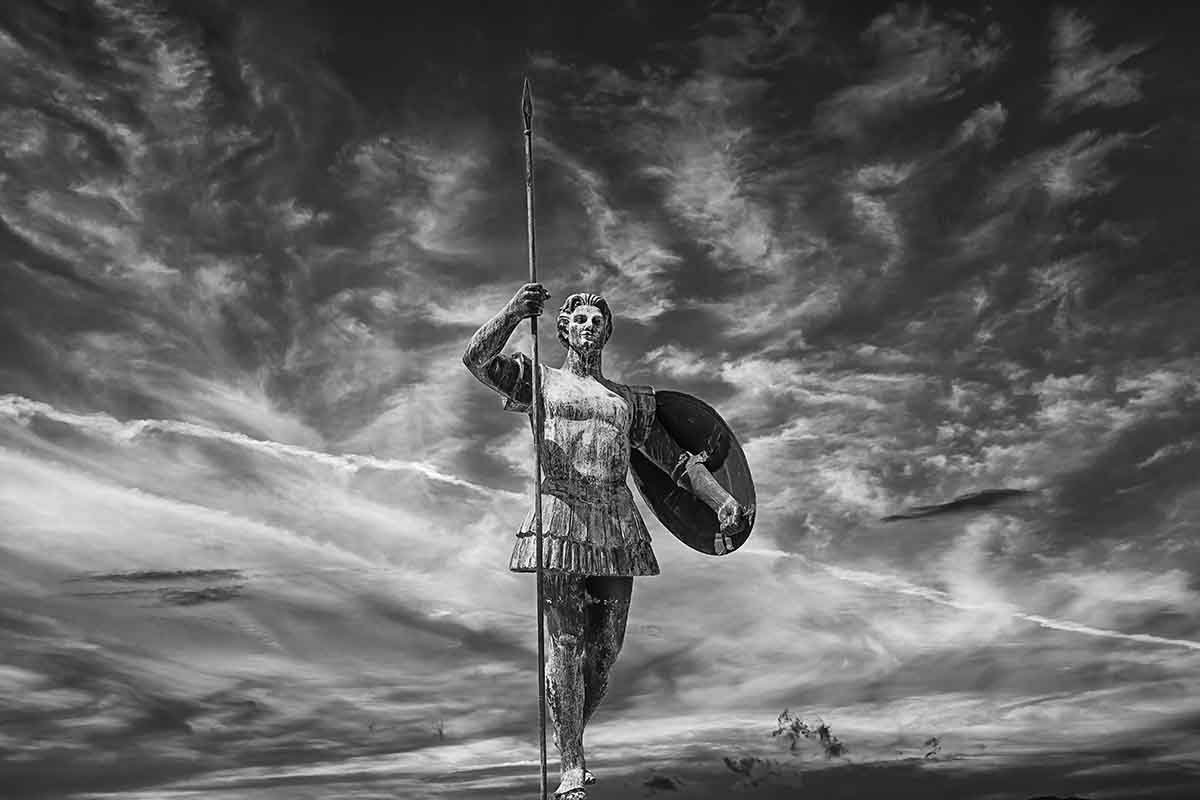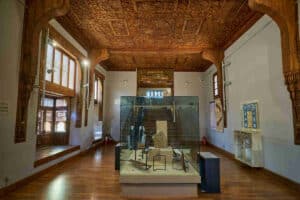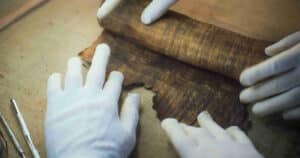Finding the tomb of Alexander the Great is one of the great challenges of modern archaeology, bordering on obsession in some cases. But for the moment these efforts have been unsuccessful, as neither the body nor the structure in which the great Macedonian emperor was introduced has been found. This post compiles the most important facts about the tomb of Alexander the Great: where he was, when his trail was lost and what theories there are today about his whereabouts.
Where was the tomb of Alexander the Great?
Alexander the Great died in Babylon in 323 BC, causing a great impact among his troops. After that, the decision was made to ‘repatriate’ him back to his homeland, Macedonia, where he would rest eternally. For this purpose, a luxurious anthropomorphic sarcophagus must have been built to contain his body and, in addition, a large purple embroidered canopy to house the sarcophagus, as well as his armor and weapons. And all this would be pulled by more than 60 mules to cover a distance of about 1,500 km. But they never reached their destination.
The Alexandrian empire was suffering an open conflict among its successors and that could have provoked Ptolemy, who eventually became governor of Egypt and founder of a new dynasty, to take the drastic decision to stand in the way and bring the tomb to Egypt. It is believed to have been moved to Saqqara, the necropolis of Memphis, the first great Egyptian capital. Some time later, Ptolemy II decided to make a new transfer, in this case to Alexandria, a city founded by the Macedonian emperor himself. And there it remained for centuries, being visited by Roman emperors such as Caesar Augustus or Caracalla, supposedly the last to do so.
When did you lose track of them?
If the tomb of Alexander MagnIf it was in Alexandria all that time until the fourth century, it most likely did not survive in good condition to the vicissitudes that this city suffered at that time. Starting with the tsunami and earthquake that devastated the city in 365 and continuing with the looting and disorder in the death throes of the Roman Empire. It is in this context that the tomb seems to have been unaccounted for.

What theories are there?
There are different theories about the location of the tomb of Alexanderif it is really still preserved. Some are more likely and some are more bizarre, but here are the main ones:
- The one that enjoys the strongest basis is that defended by Calliope Limneos-Papakosta, an archaeologist who directs an excavation in the center of Alexandria, in what was once the royal quarter. Work continues, but Papakosta is optimistic about future results
- The Venetian theory, launched by the British Andrew Chugg, suggests that the supposed remains of St. Mark in the basilica of Venice are actually those of the Macedonian emperor, whose corpse was dressed as a saint in order to be taken by ship from Alexandria to the Italian city in the 9th century.
- Other places in which the company has also unsuccessfully searched for the tomb of Alexander the Great are the Nabi Daniel Mosque and the Latin cemetery of Alexandria, in the oasis of Siwa, where Alexander visited his famous oracle in 330 B.C. or the ancient city of Amphipolis (Macedonia).




